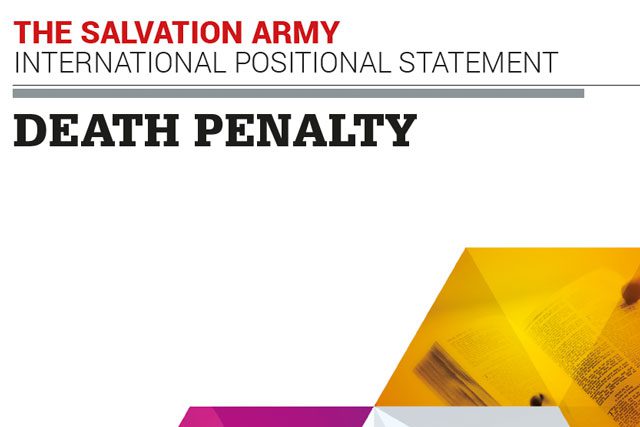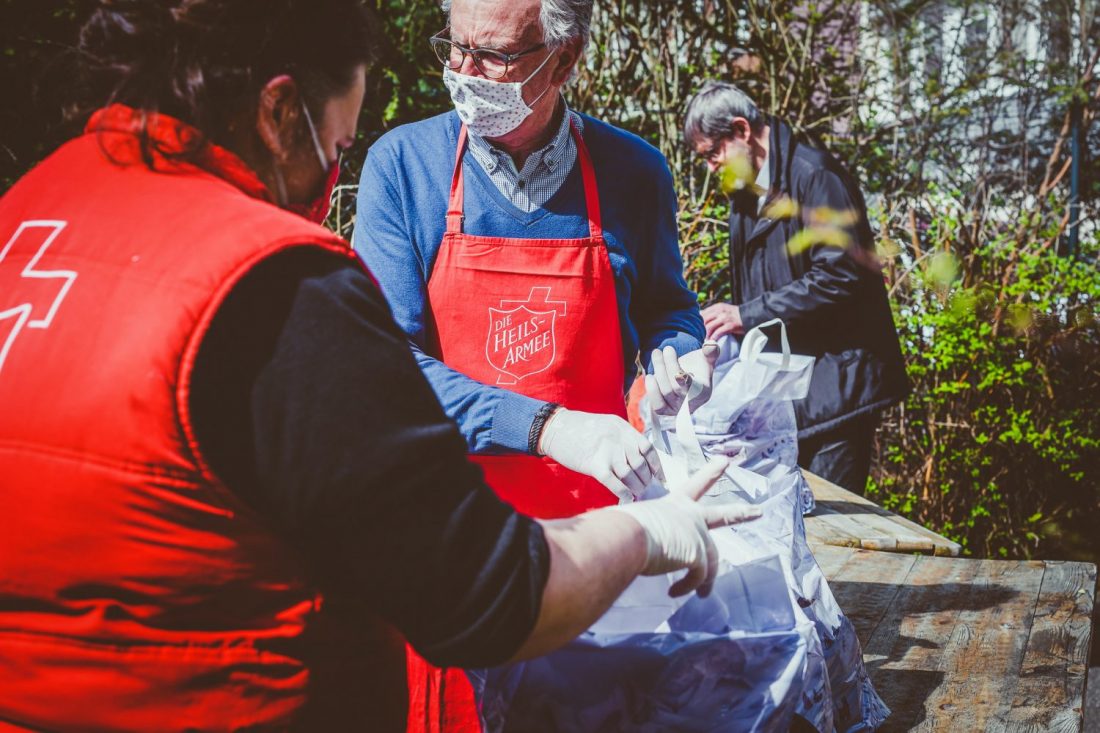by Captains Julio Cesar and Niurke Tamayo regional officers – Eastern Cuba –
The Salvation Army in Cuba was legally established in January of 1918, registering in the Association’s Registry in Baragua municipality, Ciego de Avila province.
According to history, The Salvation Army in Cuba had beginnings in the oriental provinces such as Guantánamo, Santiago de Cuba and Banes in the Holguín province, after being brought by a Jamaican, a Mr. Hay. Salvationists came together with their families to work in the central sugar fields and the fields of Banano.
They were very difficult years in terms of the Army’s work in Cuba, but this work was expanded to the rest of the provinces in the country.
Cuban Revolution
After the Cuban Revolution in January 1959, another phase of crisis began. The social work of The Salvation Army was practically annulled; only one senior citizens home remained in the country’s capital, La Habana.
The remaining corps had very few soldiers, due to the fact that the corps officer also had to work for the state in order to support his family. It was also difficult for others to attend corps activities for fear of losing their work contracts. Being a Christian was a true problem due to the government’s politics.
A new phase
At the end of the ’80s and the beginning of the ’90s, a new phase began for The Salvation Army in Cuba: it began to have improved church/state relations; it began to see new soldiers, new corps and outposts; the membership of The Salvation Army began to grow in a general sense.
All of this was happening year after year with the growth strategy of the Latin America North Territory, establishing a division in Cuba and two new regions on October 19, 2001.
The Western Region includes the area from Pinar del Río to Santi Espíritu and the Eastern Region is comprised of Ciego de Avila to Guantánamo.
The Eastern Region contains the following corps: Baragua Corps, Holguín’s Central Corps, Banes Corps, Manzanillo Corps # 1, Manzanillo Corps # 2, Santiago de Cuba Corps, and the Las Mercedes Outpost in Camaguey.
EAST & WEST REGIONS
- 14 CORPS
- 6 OUTPOSTS
- 1 SOCIAL SERVICE CENTER
- 313 SOLDIERS EAST REGION
- 435 SOLDIERS WEST REGION
Jamaican Salvationists began to arrive around 1910 to work in the sugar cane fields. In their spare time, they sang and spoke the Word. The meetings grew and finally were translated into the Spanish language.












